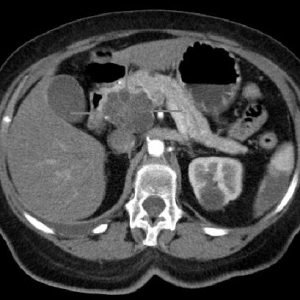
The U.S. Food and Drug Administration has announced a milestone in its voluntary sodium reduction program by completing the Phase I target and issuing draft guidance for Phase II. In this next phase, the FDA plans to further reduce sodium levels in packaged and processed food by 20%, to bring the average intake to about 2,750 milligrams per day.
According to the U.S. Dietary Guidelines, a person should not consume more than 2,300 milligrams of sodium per day, which is about one teaspoon of salt. The FDA launched its sodium reduction program in 2021, setting a 2.5-year target. The goal for Phase I was to lower the average daily sodium intake from 3,400 milligrams to 3,000 milligrams.
High sodium intake is linked to health issues such as increased blood pressure, a major risk factor for heart disease and stroke. Studies have shown that reducing sodium intake could prevent hundreds of thousands of premature deaths and illnesses. However, to effectively lower sodium consumption, changes need to be made in the food supply itself, as more than 70 percent of sodium comes from processed and prepared foods.
“Reducing sodium in the food supply has the potential to be one of the most important public health initiatives in a generation. The early successes we’re seeing with sodium level reduction in certain foods is encouraging and indicative of the impact we believe our overall nutrition approach can have on the wellbeing of society,” FDA Deputy Commissioner for Human Foods Jim Jones said in a news release.
Phase II will continue to target sodium levels in commercially processed, packaged, and prepared foods in the marketplace.
“In addition to our sodium reduction efforts, the FDA is also actively working on a forthcoming final rule updating the definition of the claim ‘healthy,’ a proposed rule for front-of-package nutrition labeling and exploring ways to reduce added sugars consumption. The FDA’s sodium reduction and other nutrition initiatives are central to a broader, whole-of-government approach to help reduce the burden of diet-related chronic diseases and advance health equity,” Jones added.
The American Heart Association (AHA) advises limiting sodium intake to no more than 2,300 milligrams per day, with an ideal limit of 1,500 milligrams for those with high blood pressure. They suggest that reducing daily sodium intake by 1,000 milligrams can significantly improve blood pressure and heart health.







